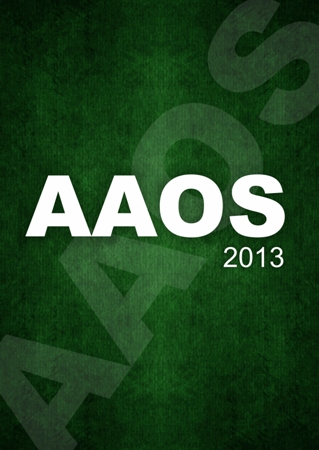
AAOS: PRP reduces pain and local tenderness in patients with chronic tennis elbow patients

AAOS: PRP reduces pain and local tenderness in patients with chronic tennis elbow patients
Platelet Rich Plasma Significantly Improves Clinical Outcomes in Patients with Chronic Tennis Elbow
Did you know you're eligible to earn 0.5 CME credits for reading this report? Click Here
CONFERENCE ACE REPORTS
This ACE Report is a summary of a conference presentation or abstract. The information provided has limited the ability to provide an accurate assessment of the risk of bias or the overall quality. Please interpret the results with caution as trials may be in progress and select results may have been presented.
Synopsis
230 patients with chronic tennis elbow were randomized to extensor tendon needling with or without platelet-rich plasma (PRP), in order to determine the impact of PRP on pain. Following assessments over a 24 week period, results indicated that treatment with PRP was effective in significantly reducing pain and local tenderness caused by tennis elbow.
To view the full content, login to your account,
or start your 30-day FREE Trial today.
FREE TRIAL
LOGIN
Forgot Password?
Explore some of our unlocked ACE Reports below!

Learn about our AI Driven
High Impact Search Feature
Our AI driven High Impact metric calculates the impact an article will have by considering both the publishing journal and the content of the article itself. Built using the latest advances in natural language processing, OE High Impact predicts an article’s future number of citations better than impact factor alone.
Continue



 LOGIN
LOGIN

Join the Conversation
Please Login or Join to leave comments.